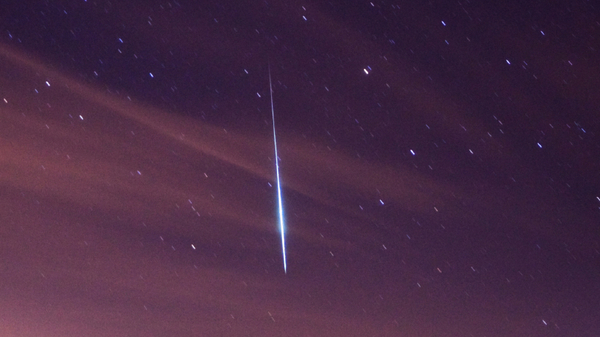October Is the Tenth Month of the Year
October is the second month of fall in the northern half of the world. In the southern half, it is the second month of spring.

October’s birth flower is the calendula.
©bigstockphoto.com/ Kostyantyn Ivanyshen
October is the tenth month in the Gregorian calendar and has 31 days. It is a month of preparation for the winter in the Northern Hemisphere.
Why Is October Not the Eighth Month?
The meaning of October comes from the Latin word Octo meaning eight. The old Roman calendar started in March, so October was the eighth month. When the Roman senate changed the calendar in 153 BCE, the new year started in January, and October became the tenth month.
Important Dates in October
Oktoberfest – The original beer festival is celebrated in Munich, Germany. It started as a spectacle in honor of the Bavarian royal wedding in 1810. Today, the carnival with rides, food, and, of course, beer tents lasts from mid-September to the first Sunday in October. Six million visitors consume around seven million litres (1.85 million gallons) of beer every year.
DST ends in Australia and Europe – The Daylight Saving Time (DST) season begins in in Australia and ends for most countries in Europe. In Australia, the clocks go forward one hour as they enter “summer time”; in Europe, they go back one hour.
Halloween – The night of spirits on October 31 goes back to the Celtic festival known as Samhain, which used to mark the start of winter. It was believed that the spirits of the dead could return to the Earth around that time.
Astronomical Events in October
Draconid Meteor Shower: Around October 8-9, the Draconids meteor shower peaks. The shooting stars are best seen just after nightfall. The shower is named after the constellation Draco the Dragon, where the meteors seem to originate.
Orionid Meteor Shower: The Orionid meteor shower is the second one in October. It peaks on October 21-22 but usually remains active between October 2 and November 7. The best time to see these shooting stars is just after midnight and before the Sun rises.
Hunter’s Moon: The October Full Moon is traditionally called the Hunter’s Moon. The month of October is a time to start preparing for the coming winter by hunting or slaughtering animals and preserving meat.
See all events in the Cosmic Calendar

The Draconids are best seen between October 8 and 9.
©iStockphoto.com/Clint Spencer
Historical Events in October
October 4, 1582: The start of our modern Gregorian calendar. Pope Gregory XIII ordered the calendar to “jump” from October 4, 1582, to October 15, 1582. This corrected the 10-day gap the old Julian calendar had accumulated.
October 4, 1957: The start of the Space Age. The Soviet Union launched the first satellite into orbit: Sputnik, meaning “fellow traveler” or simply “satellite” in Russian. Sputnik I sent a beeping radio signal for only 21 days; this was enough to start the “Space Race” between the USA and the Soviet Union.

Illustration: Sputnik in Earth’s orbit. The tiny satellite only weighed 83.6 kg (184 lbs.)
© iStockphoto.com/Aunt_Spray
History of October
In the old Roman calendar, October was called mensis october, the eighth month, because the Roman calendar started in March. October started out with 31 days; unlike many other months, this was never changed.
In 154 BCE, a rebellion forced the Roman senate to change the beginning of the civil year from March to January 1st. With this reform, October officially became the tenth month in the year 153 BCE.
October Birthstone and Birth Flowers
According to tradition, the birthstones for October are the tourmaline and the opal. Its birth flower is the calendula.
Zodiac Signs in October
- Libra (Scales): September 23 – October 22
- Scorpio (Scorpion): October 23 – November 22